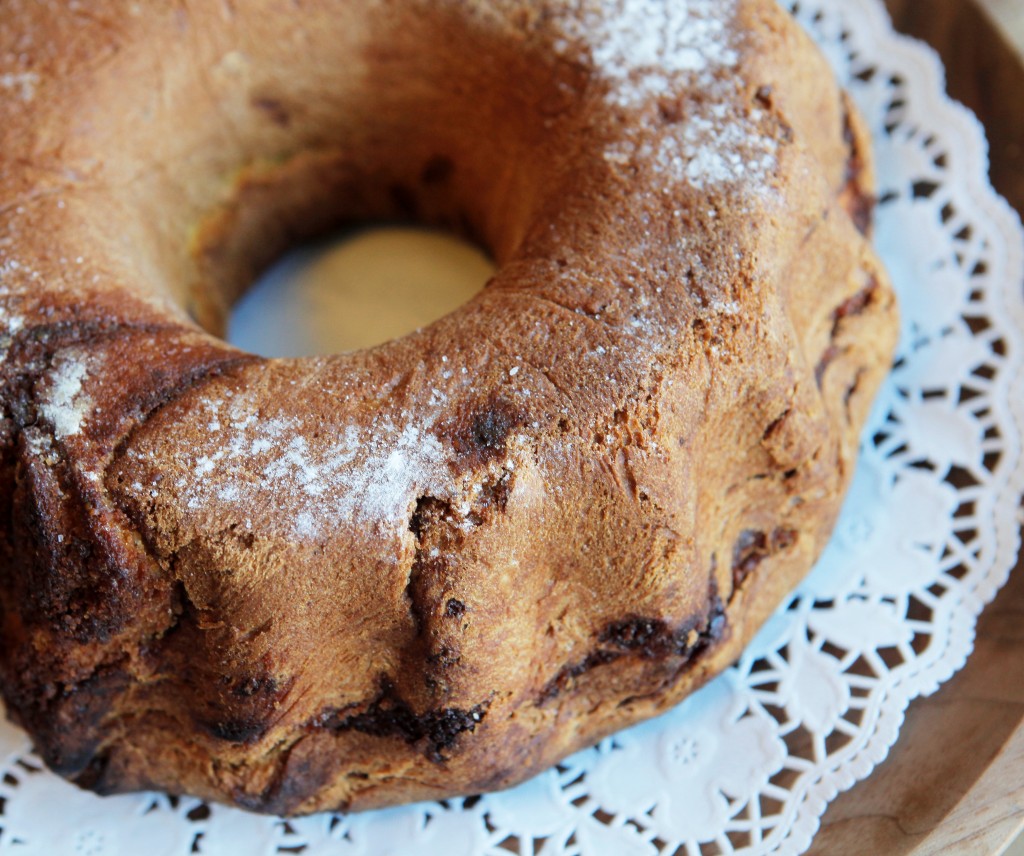Why Slovenia is Nuts about Potica
14.7.2017 | Fiona Thompson
When the Pope met Donald Trump and his Slovenian wife Melania at the Vatican earlier this year, he asked the First Lady whether she was feeding the President potica. According to the rumour mill, the Pope is a big fan of potica and he loves to talk to Slovenians about it.
For those who don’t know, potica is a sweet bread which usually has a walnut filling (orehova potica). It also comes in other varieties, most notably tarragon or poppy seeds. The dough is spread with the filling and then rolled up before being put into a tin, usually round, for baking.
Potica is a traditional holiday delicacy, usually served at Christmas or Easter. What is special about potica is that it is known and loved throughout the country; in Slovenia, where cuisine is very regionalised, this is particularly notable.
Potica has been known for at least several centuries. The first mention in writing was by the Lutheran priest Primož Trubar, and the first description of the recipe was by Valentin Vodnik, a Slovenian poet who wrote the first Slovenian cookbook, which was published in 1799. More recently, Slovenian ethnographer Dr. Janez Bogataj devoted a whole book to this much-loved sweet treat.

Potica has even featured on a postage stamp–twice! The first time was in 1993 when it featured in a design by Miljenko Licul, a well-known artist who can also take credit for the design of the Slovenian passport as well as the national side of Slovenia’s Euro coins. The second time was in 2005 when potica was chosen to appear as part of the Europa–Gastronomy series of stamps. This stamp bears the image of three varieties of potica–walnut, poppy seed and tarragon–chosen to reflect three Slovenian geographical regions: the Alps, the Pannonian plains and the Mediterranean.
Now potica is headed for the United States, partly because of the interested generated by the First Lady. But don’t worry–there’ll still be plenty to go round in Slovenia!











